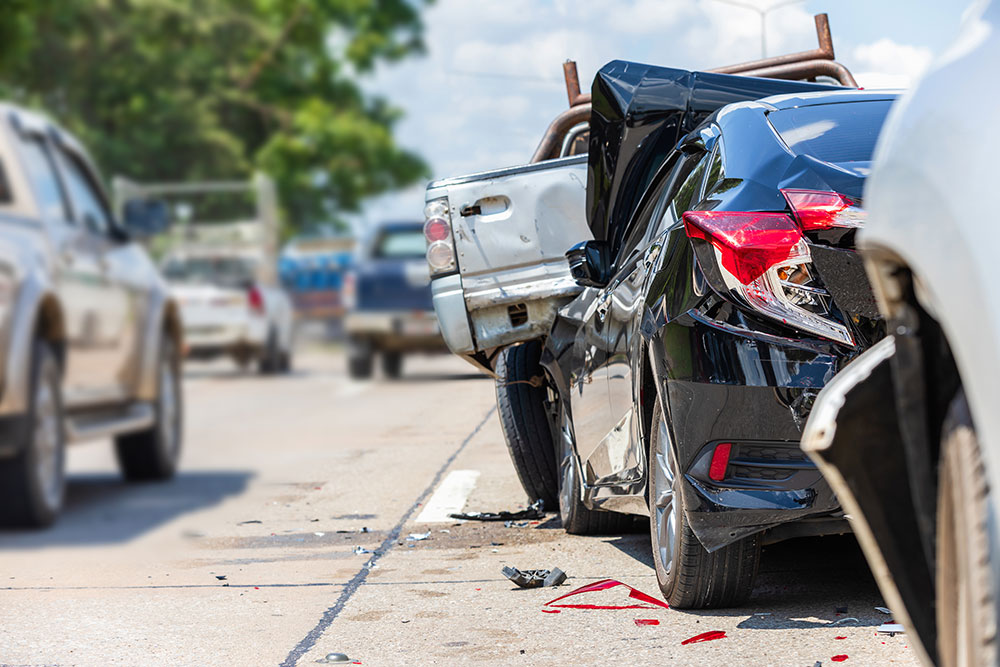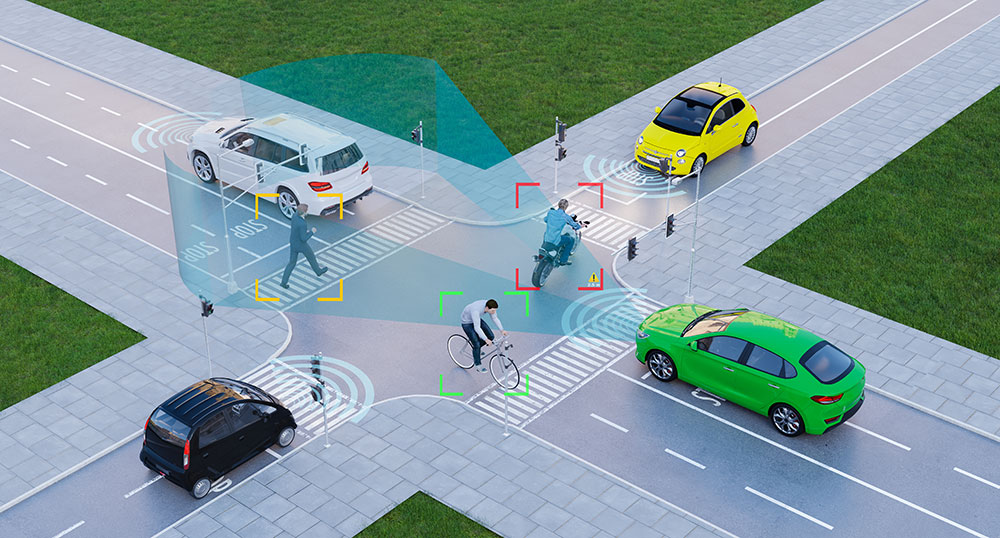Emerging technology advancements have significantly improved road safety. Pedestrian Detection System minimizes accidents by alerting drivers about pedestrians potentially crossing their paths. This article delves into how these systems work, their role in improving crosswalk security, and accidents they could prevent.

An Overview of Pedestrian Detection Systems
Pedestrian Detection Systems (PDS) is a part of advanced driver assistance systems (ADAS). It plays a crucial role in ensuring crosswalk safety and reducing accidents. Utilizing technologies like Lidar, Radar, Camera, Infrared, and Fusion-based systems, they effectively detect human presence in various conditions.
Algorithms such as Sliding Window, Histogram of Oriented Gradients (HOG), and Deep Learning aid in distinguishing humans from inanimate objects. Despite occasional glitches, these systems notably decrease pedestrian accidents. Upcoming technologies promise enhanced detection accuracy with faster response times. As machine learning advances, PDS’s potential to improve crosswalk safety remains immense.
How Pedestrian Detection Systems Work
Pedestrian Detection Systems enhance crosswalk safety by detecting pedestrians, both stationary and in motion, and alerting drivers. These systems use various technologies, including sensors, cameras, and advanced tools like Lidar and radar. They process images captured in real time to identify pedestrians and their movements.
Modern versions incorporate Artificial Intelligence and Machine Learning to improve accuracy. Once a pedestrian is detected, unambiguous visual, auditory, or tactile alerts are provided to drivers. Despite potential limitations due to weather conditions or pedestrian size, ongoing developments promise more sophisticated detection capabilities.

The Role of Pedestrian Detection Systems in Enhancing Crosswalk Safety
Pedestrian detection systems enhance crosswalk safety by identifying pedestrians using computer vision, machine learning, radar, and infrared. They play a pivotal role in collision prevention by monitoring a vehicle’s surroundings and alerting drivers of potential risks. These systems also have speed modification and night vision capabilities to ensure safe pedestrian encounters even in low visibility. Pedestrian detection systems suggest possible pedestrian pathways, enabling preventative vehicle adjustments and elevating signal systems by regulating traffic based on pedestrian presence.
In addition, these systems are indispensable in promoting autonomous vehicles, ultimately leading to a safer and smarter transportation infrastructure.
Recap of Accidents that Pedestrian Detection Systems Could Prevent
Recapping recent accidents, a Pedestrian Detection System could have saved countless lives.
In 2018, it could have thwarted a tragic event in Pengbu, China, where a truck mowed down Red Scarf students. The same year in Arizona, the infamous Uber self-driving car incident might have been avoided had the Pedestrian Detection System functioned adequately.
In 2017, the system could have prevented the Times Square tragedy by detecting irregular car movement.
The system’s ability to identify cyclists could have altered the outcome of the 2016 Kalamazoo catastrophe.
Furthermore, a Pedestrian Detection System on large vehicles could have prevented the fatalities in situations like the 2020 Phoenix hit-and-run case and the 2016 Edinburgh bus incident.
Similarly, fatal incidents near schools, like the one at Marjory Stoneman Douglas High School, and in other high-traffic areas like the 2016 Berlin Christmas Market and 2018 San Francisco sidewalk crash might have been bypassed.
Finally, the system could have averted the 2019 accident in Troms County, Norway, highlighting its potential to revolutionize pedestrian safety.

Different Types of Pedestrian Detection Systems and Their Effectiveness
The effectiveness of pedestrian detection systems varies considerably, with different systems employing distinct technologies.
Infrared Pedestrian Detection System (IPDS) benefits from the ability to detect pedestrians even in poor visibility conditions like nighttime or foggy weather. Using infrared technology, it can prevent pedestrian-vehicle collisions, boasting a detection rate of up to 93.7%, according to a study by the University of Trento, Italy.
Meanwhile, Computer Vision-Based Pedestrian Detection Systems utilize image and video processing technologies, pattern recognition, and machine learning for pedestrian detection. Despite recognition error susceptibility due to changing light conditions, these systems have still shown a promise of effectiveness, achieving more than a 90% detection rate, as per an IEEE journal report.
Ultrasonic Pedestrian Detection Systems employ ultrasonic waves for pedestrian detection. Despite environmental considerations such as wind speed and pedestrian movement affecting detection capabilities, studies, including one by the Shanghai University of Electric Power, have shown them to achieve about 90% detection accuracy.

Lidar-Based Pedestrian Detection Systems take advantage of Lidar technology, which enables real-time tracking and detection of pedestrians through detailed 3D mapping of surroundings. Even under variations in lighting or weather conditions, these systems have maintained efficacy, with a study revealing Lidar’s detection accuracy to be over 95%.
Radar-Based Pedestrian Detection Systems leverage radar sensing technology for detecting pedestrians. Even though their accuracy dips slightly under foggy or rainy conditions, research conducted by the Center for Automotive Research at Stanford disclosed radar technology’s potential to achieve over 90% accuracy in pedestrian detection.
Fusion-Based Pedestrian Detection Systems are unique, combining two or more sensor types to yield a more comprehensive picture and reduce false alarms. It’s been found that using sensor fusion significantly improves detection precision, with Toyota Central R&D Labs reporting pedestrian detection precision exceeding 97% when it employed a combination approach.
In conclusion, Pedestrian Detection Systems are dramatically advantageous in advancing crosswalk safety. These technologies offer efficient solutions to prevent pedestrian-vehicle collisions and save lives. These systems perform detection tasks swiftly and accurately by employing machine learning and advanced sensor technology. As advancements continue, these systems’ overall efficiency and reliability are expected to improve, creating safer environments for pedestrians and drivers and substantially reducing road accidents.